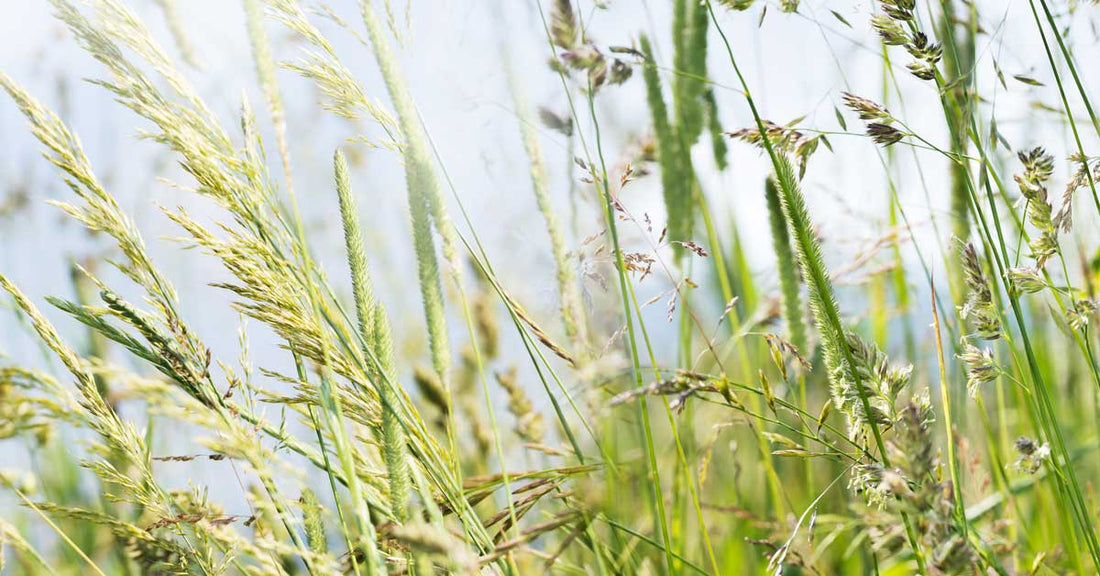ARE THE EFFECTS OF POLLEN LINGERING LIKE AN UNWELCOME HOUSE GUEST?
While the coming of spring is looked forward to by most after months of cold and snow, the yellow dusting that harkens its arrival is more dreaded by many than wanted. However, it is the trade off for having the warmer months filled with vibrant and colorful plant life.
Luckily, nature has also provided some botanical assistance for this time of the year, and there are several options that can be explored for help in getting through the pollen dump at the beginning of spring.
Check out these four natural options for potentially alleviating some of the irritation that comes along with the season.
- STINGING NETTLE LEAF
Stinging nettle may be able to reduce symptoms of hay fever. Brew and drink hot nettle infusion throughout the day.
- USE A HEPA FILTER
With all the extra particles flying around in the air, it can be helpful to have a little more assistance getting rid of the surplus. A hepa filter can help reduce the amount of allergens, like pollen, in the home environment. - SINUS RINSE
Sometimes it is more helpful to simply flush out the issues, and a sinus rinse is perfect for that. There are several sinus rinse devices on the market, and they will usually include a salt packet for making a saline solution. Be sure to use only distilled or freshly boiled and cooled water. Make up the saline solution and flush stubborn and clinging particles out of the sinuses!
- ESSENTIAL OILS
Aromatherapy can be very effectively used for some extra support during this season. Simply diffusing can have a large impact on overall comfort levels if pollen is being a bother as can using steam inhalations to help soothe inflamed nasal passaged. Going out and about? A personal inhaler is perfect to keep in one’s pocket for when the need strikes. Some even find relief using essential oil blends diluted in roller bottles and applied over the sinuses.
Here are some essential oils that can be used to make this time of year a bit more pleasant:
Healingscents offers a blend of potent, soothing essential oils that is specially designed to reduce the struggles that come along with seasonal impacts. It contains frankincense, German chamomile, cypress, our lovely melissa, and the bright and refreshing eucalyptus. These aromatics work together to encourage clear, deep breathing no matter where the day goes.
Try: Add 20 drops of Allergies Synergy Blend to a personal inhaler for on-the-go personal use.
Coriander
Sweet while still being warm and spicy, coriander is a fantastic option to reach for if the more classic lavender is not a favorite. The essential oil is high in linalool, which is useful for soothing the irritating effects of pollen and can add an herbaceous, green-floral aroma to personal blends.
Try: Diffuse 5 drops of coriander along with 5 drops of lemon for nasal woes troubling kids.
Lavender
One of the most reached for essential oils when seasonal allergies strike, lavender is commonly used in aromatherapy applications for its anti-inflammatory capabilities and gentle decongestant effect. This makes it a great option to reach for when designing springtime blends. It is also typically well-liked by most people.
Try: For adults, add 2 drops of lavender, 2 drops of coriander, and 2 drops of sweet orange to a 10ml roller and fill to the shoulders of the bottle with carrier oil. Apply where you can smell the blend (the collarbone and over the sinuses are idea).
Melissa
Sweetly fresh and lemony, melissa is also known as lemon balm. This citral-rich essential oil also contains anti-inflammatory properties that make it an excellent aromatherapy solution for the spring season. The essential oil is potent, however, so very little is needed to make a strong impact on a blend. But it is perfect for adding an uplifting note to any seasonal concoction.
Try: Add 6 drops of lavender, 6 drops of coriander, 6 drops of lemon, and 2 drops of melissa to a personal inhaler or another on-the-go solution.
Yarrow
Blue oils in aromatherapy are known for their potent ability to relieve and soothe inflammations. They are an integral part of any seasonal blend, and yarrow is right up there with blue tansy and German chamomile when it comes to the benefits it can offer. The lovely blue color comes from a constituent called chamazulene, and it is the chamazulene that gives this essential oil its strength.
Try: Diffuse 4 drops of coriander, 3 drops of lavender, 2 drops of yarrow, and 1 drop of melissa for a soothing and lightly floral spring blend with just a hint of lemon.


